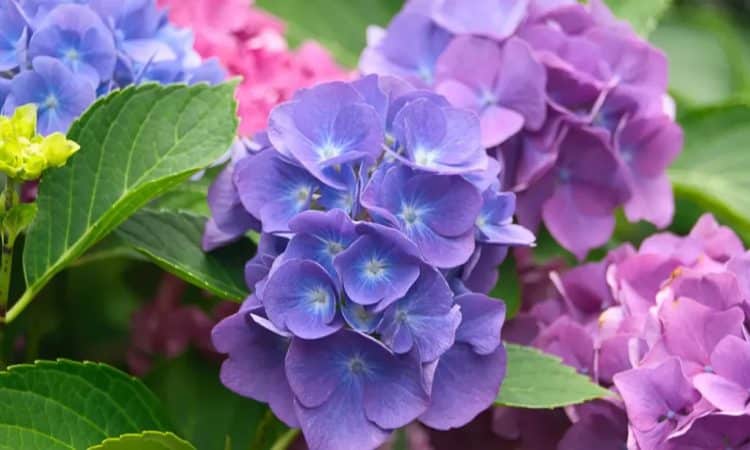How to boost the bloom of your hydrangeas in July with these 3 natural fertilizers?

Hydrangeas are a popular choice for flower gardens. They come in a range of colors and can grow in different types of soil, making them great for any outdoor space. To get the best results, especially in July, it’s important to use the right fertilizers. Natural fertilizers are a great option because they’re effective and eco-friendly. Here are three natural fertilizers that can help your hydrangeas bloom their best this summer.
The power of potash: a key element for brilliant flowers
Potash plays a vital role in the development of botanicals, including hydrangeas. This natural fertilizer encourages vigorous flowering and improves petal quality. Using potash not only intensifies color, but also strengthens the plant’s resistance to disease.
How to apply potash
To use potash effectively, it needs to be incorporated into the soil around the base of the hydrangea. This application is recommended in early spring, and repeated every two months until late summer. Make sure the soil is slightly damp before applying the potash, to avoid any shock to the plant. Light watering after application helps the roots to absorb the nutrients.
Benefits for flower color
Potash enhances color saturation, making blooms more vibrant. If you wish to adjust hues, particularly for blue or pink hydrangea varieties, checking the pH of your soil and adapting amendments accordingly can prove useful. For example, an acid soil tends to intensify blue hues, while an alkaline soil enhances pinks.
Ground horn: a sustainable nitrogen supply for healthy growth
Ground horn is a traditionally used source of nitrogen-rich organic fertilizer. This nutrient is essential for vigorous plant growth, particularly during periods of active growth such as spring and early summer. The nitrogen contained in ground horn is released slowly, providing a constant supply for hydrangeas.
Appropriate application of ground horn
To optimize the benefits of ground horn, it should be applied in early spring. Incorporate the ground horn into the soil around each plant, ensuring that the product is well mixed with the soil. A dosage of around 100 grams per square metre is often recommended. Copious watering after application helps to gradually activate the release of nitrogen.
Impact on plant health
Hydrangeas fed with ground horn generally show robust growth and lush foliage. This increased vigor ideally prepares the plant for abundant summer flowering. What’s more, a balanced supply of nitrogen from ground horn reduces the risk of deficiencies, ensuring optimum overall plant health.
Multifunctional fertilizer: using compost
Compost is another excellent natural fertilizer for improving hydrangea flowering. Rich in organic matter and essential nutrients such as phosphorus, compost makes a positive contribution to soil biology. By improving soil structure, compost increases aeration and moisture retention, ideal conditions for hydrangea root growth.
Preparing and applying compost
To make compost, you need organic waste such as vegetable peelings, dead leaves and grass clippings. Once the compost is ready, spread a 2-3 cm layer around the base of the hydrangeas in early spring. Avoid direct contact with the trunks to prevent rotting.
Additional benefits
Using compost has the added benefit of providing a wide range of micro-nutrients and enhancing the soil’s microbial life. An active microfauna promotes the rapid absorption of essential nutrients by the plant, contributing to prolific flowering. Compost-enriched soil also retains moisture better, reducing the need for frequent watering in summer.

